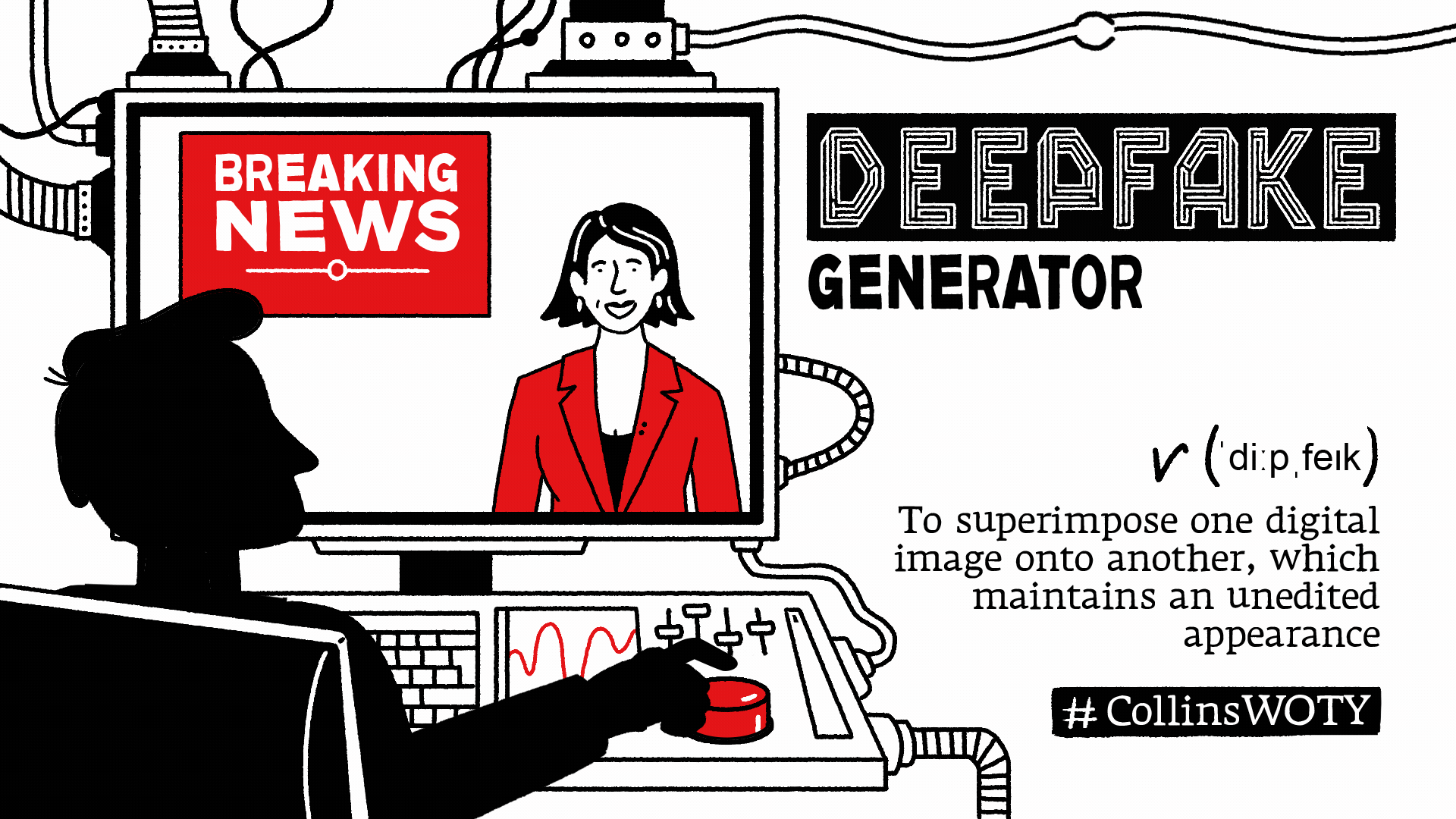Copyright © Françoise Herrmann
The Cambridge Dictionary WOTY* 2019 is upcycling.
Upcycling is defined as “the activity of making new furniture,
objects, etc. out of old or used things or waste material.” (CambridgeDictionary WOTY 2019). The Upcycle Movement will add, to stress the difference with recycling, "in such a way as to create a product of higher quality or value than the original". An upcycled higher value or quality, such as sustainability, for which Forbes investment watch has noted that "87% of US millennial Internet users are willing to pay more". For example, Addidas upcycles ocean plastic waste, spinning it into the yarn that the company uses to knit sports shoe uppers.
Cambridge Dictionary lexicographers recorded a 181% increase in the
frequency of searches for the term upcycling, since it was added, in 2011, to the online
Cambridge Dictionary. They also found that searches
had doubled in the past year. A spike in usage attributed, on the one hand to the political connotations of the term upcycling, in regards climate change; and on the other hand, to the form of action that upcycling subsumes, which is perceived as highly desirable, and "feel good".
In fact, all of the terms on the Cambridge Dictionary shortlist of candidate WOTTIES** reflect the 2019 renewed interest in the politics of climate change, and youth-led commitment to action, as the following runner-up terms
indicate.
- carbon sink noun
an area of forest that is large enough to absorb large amounts of carbon
dioxide from the earth’s atmosphere and therefore to reduce the effect of
global warming
- compostable adjective
- preservation noun
the act of keeping something the same or of preventing it from being
damaged
- plastic footprint
a measurement of the amount of plastic that someone uses and then
discards, considered in terms of the resulting damage caused to the
environment.
-----
For a primer on the WOTY upcycling, as one of several solutions to some of the root causes of climate change, consider the below video The Story of Solutions (2013), written by Annie Leonard and Jonah Sachs, directed by Louis Fox and produced by Free Range Studios. The Story of Solutions (2013) is one of the viral educational videos of The Story of Stuff Project, supported by the Tides Foundation.
* WOTY - An acronym that stands for "Word Of The Year". It rhymes with "potty".
** WOTTIES - Plural form of the acronym WOTY.
Reference
** WOTTIES - Plural form of the acronym WOTY.
Reference
Cambridge Dictionary’s Word of the Year 2019
https://dictionaryblog.cambridge.org/2019/11/04/cambridge-dictionarys-word-of-the-year-2019/
Petro, G. (Feb. 8, 2019) Upcycling your way to sustainability - Forbes Magazine
https://www.forbes.com/sites/gregpetro/2019/02/08/upcycling-your-way-to-sustainability/
The Story of Stuff Project
https://storyofstuff.org/
The Story of Stuff (2007) [21:16]
https://youtu.be/9GorqroigqM
La historia de las cosas (2007) [20:45]
https://youtu.be/ykfp1WvVqAY
The Upcycle Movement (Our Story)
https://theupcyclemovement.com/pages/our-story
Tides foundation
https://www.tides.org/
Petro, G. (Feb. 8, 2019) Upcycling your way to sustainability - Forbes Magazine
https://www.forbes.com/sites/gregpetro/2019/02/08/upcycling-your-way-to-sustainability/
The Story of Stuff Project
https://storyofstuff.org/
The Story of Stuff (2007) [21:16]
https://youtu.be/9GorqroigqM
La historia de las cosas (2007) [20:45]
https://youtu.be/ykfp1WvVqAY
The Upcycle Movement (Our Story)
https://theupcyclemovement.com/pages/our-story
Tides foundation
https://www.tides.org/





















